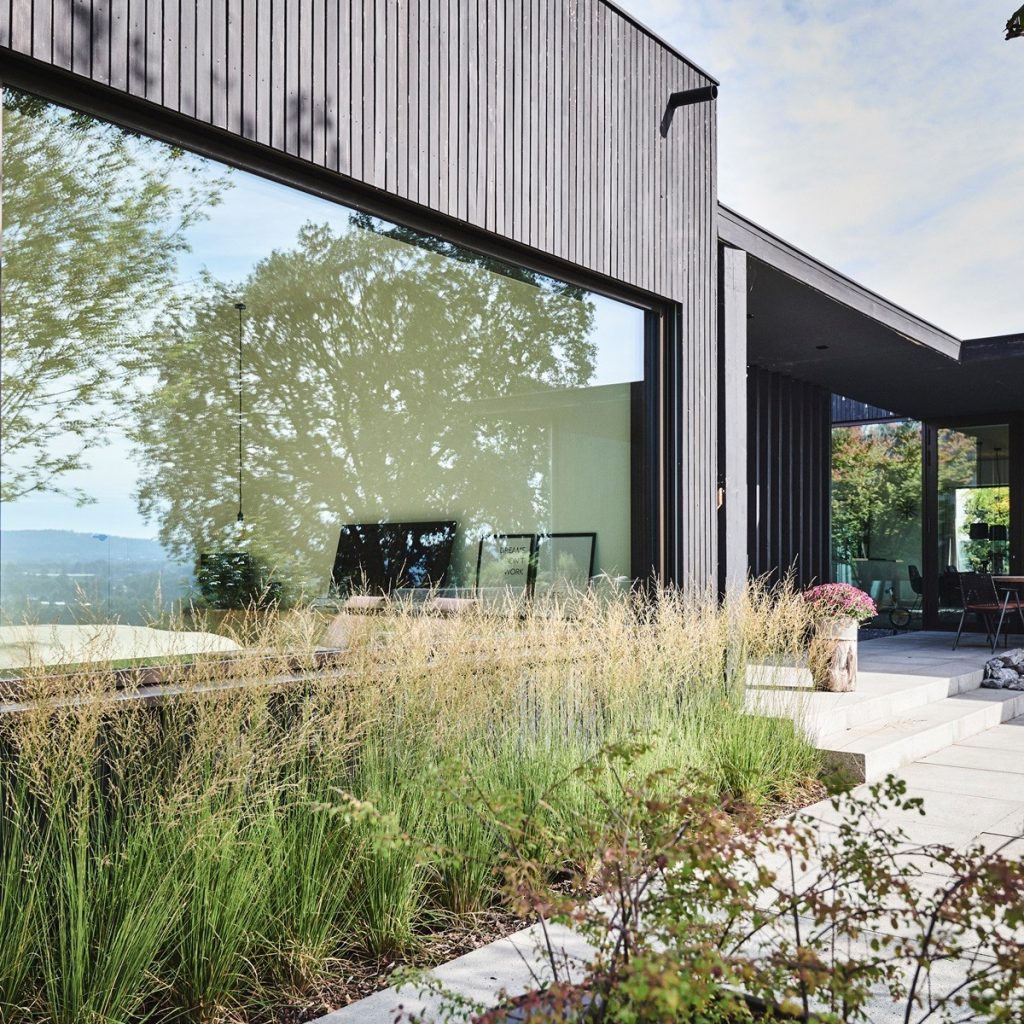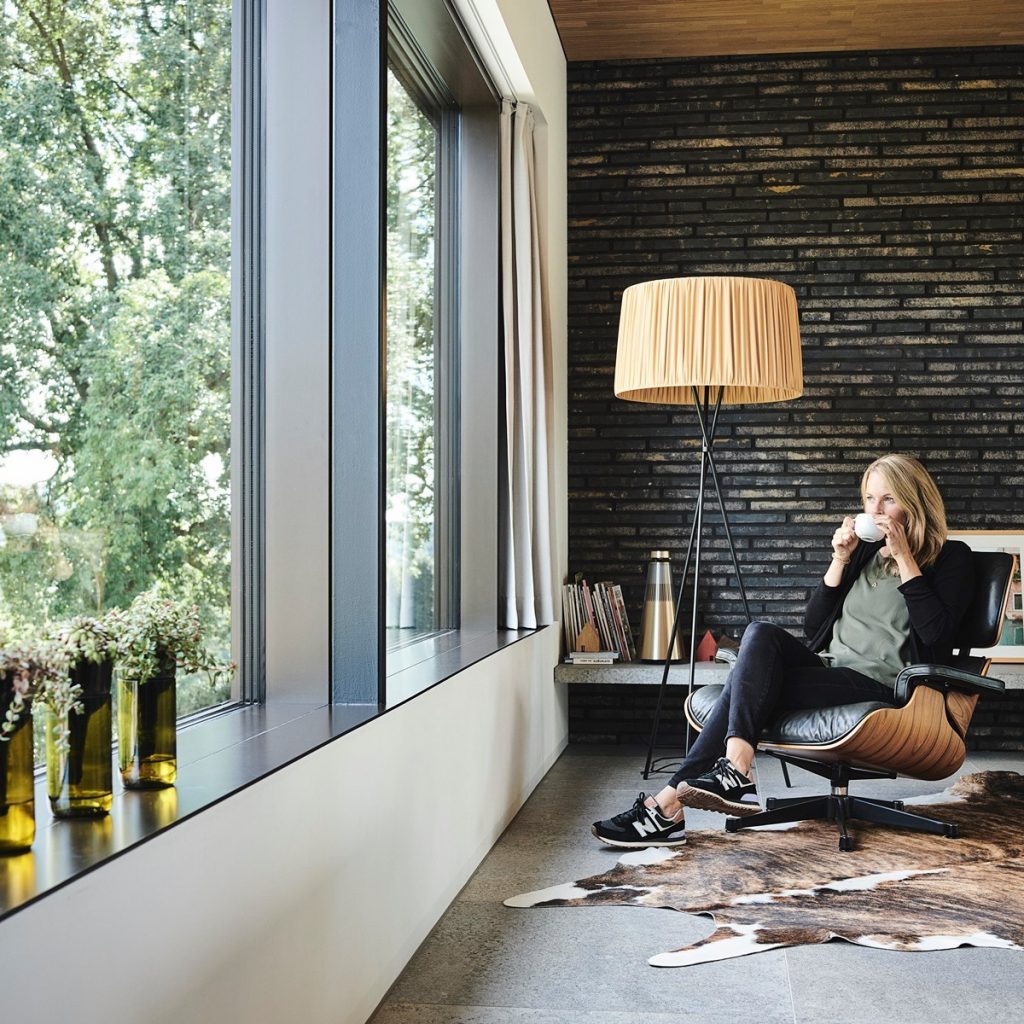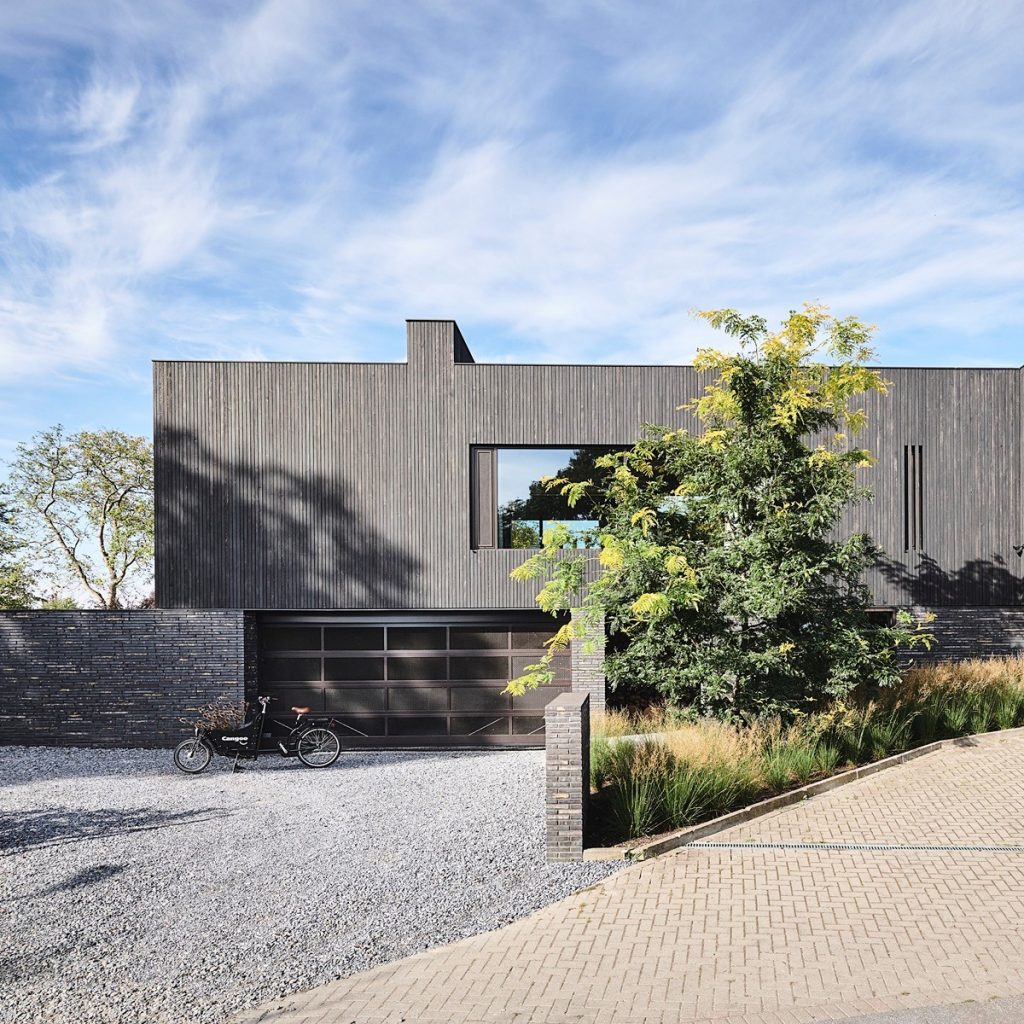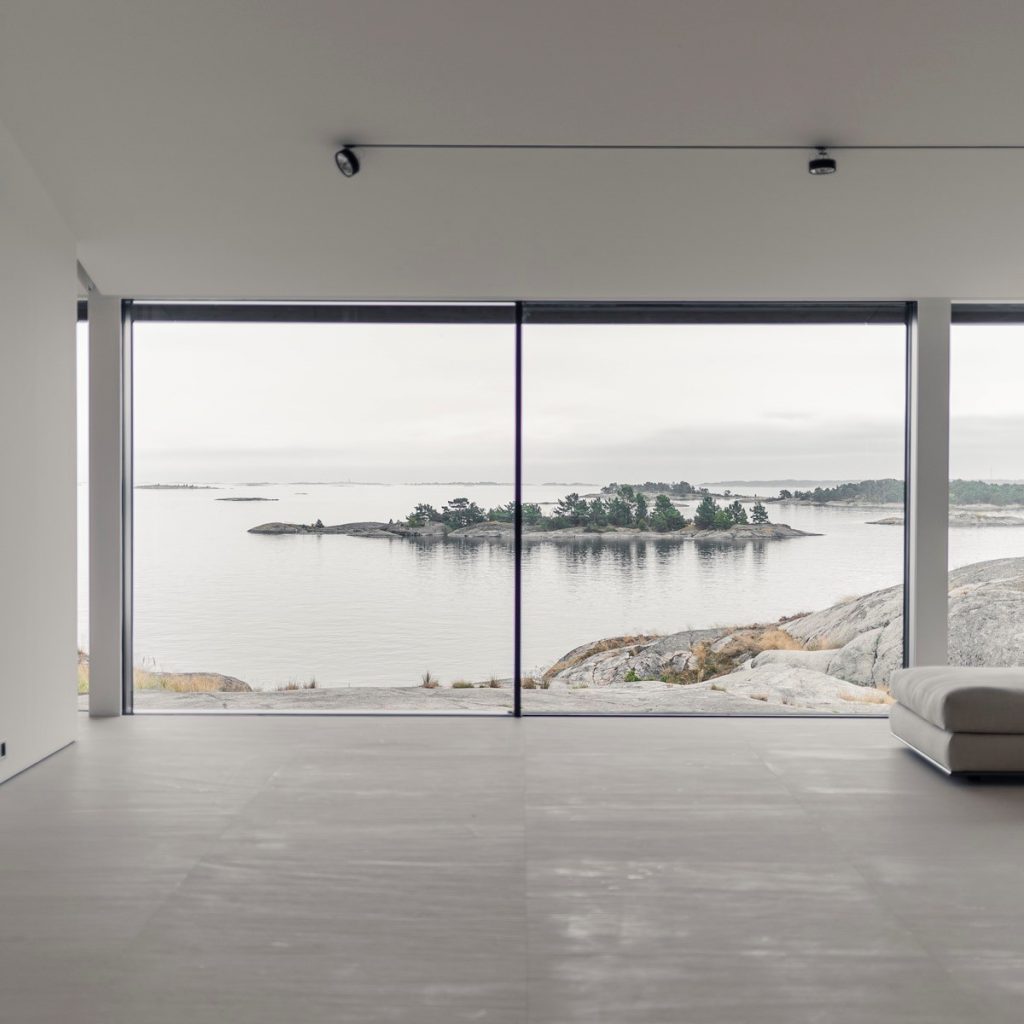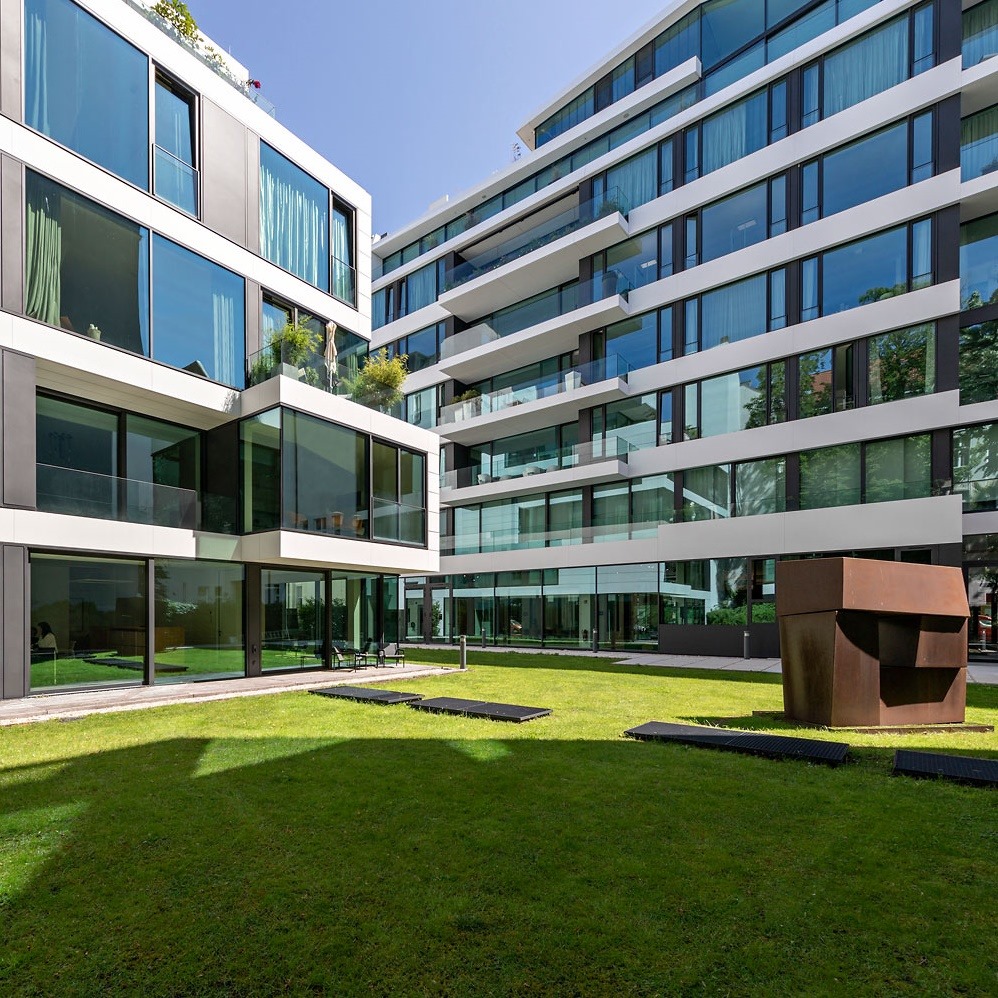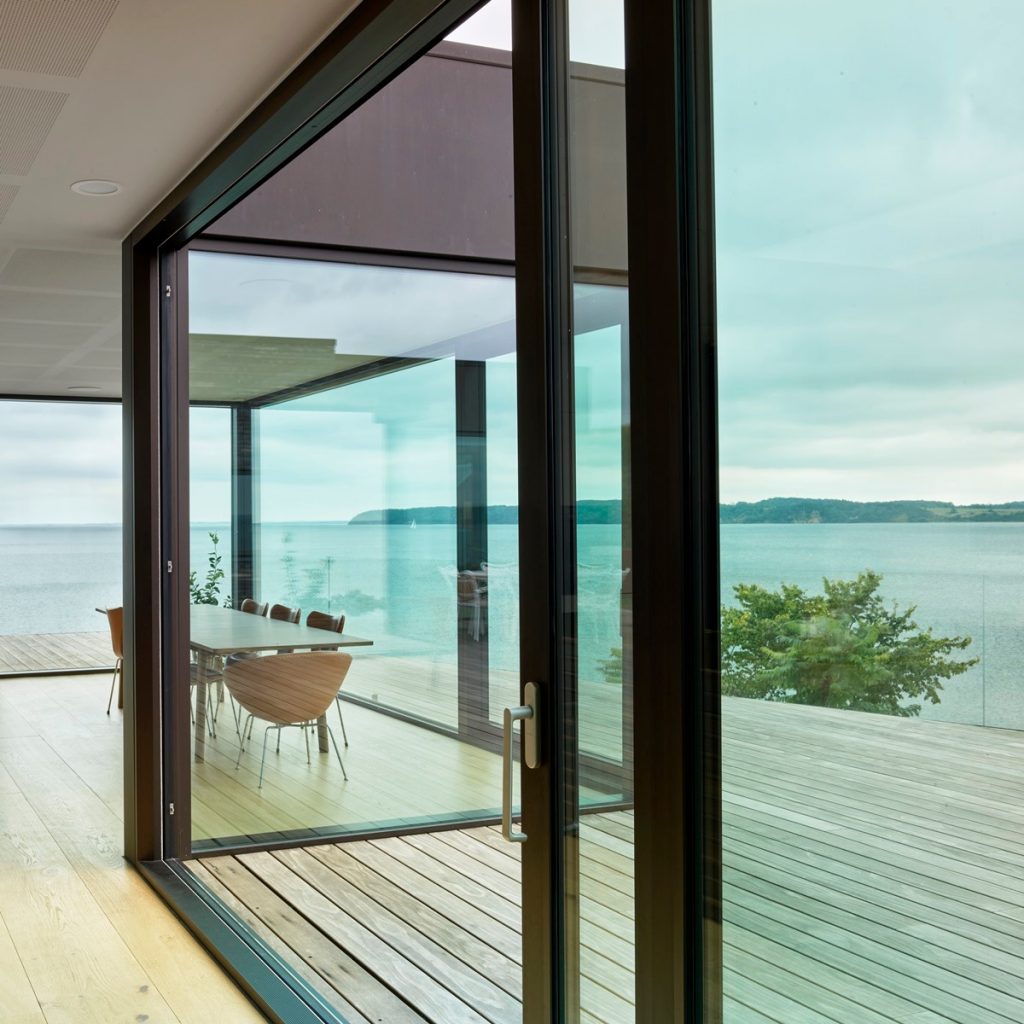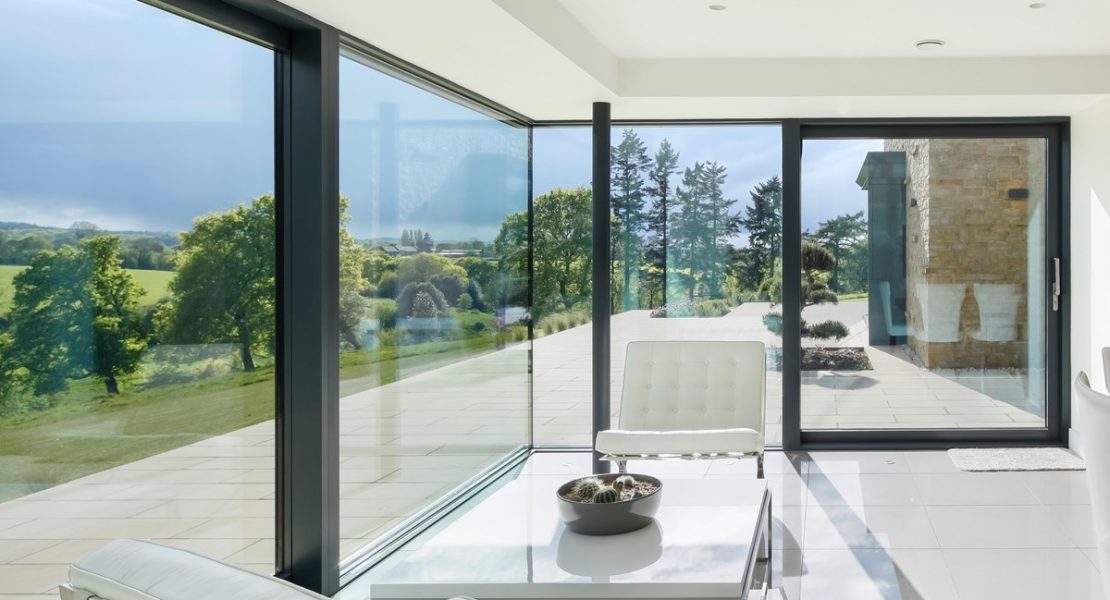
10 tips to help you choose Terrace Doors
“Light and space” were the basic tenets of modernism. In the field of technology and construction, a lot has changed in the 100 years that have passed since the founding of the famous Bauhaus academy in Weimar. What has remained constant is the desire to go outside. Well-conceived designs allow visionary concepts to become reality with sustainable solutions for individual living spaces. The inside becomes the outside, the space expands, the air flows in and the view becomes unobstructed.
Tip 1: “The view”
What view would you like to frame?
A view of nature or the city skyline gains depth when you can immerse yourself in it. The perspective, or view outside, should show every last detail. Nothing should disturb it or disrupt the harmony between nature and architecture.
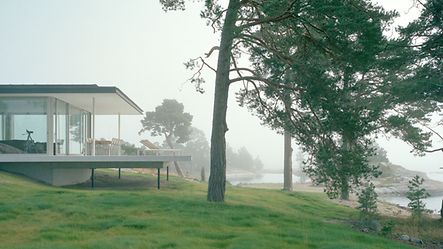
Tip: “Viewing angle”.
Check your angle of view.
The position in which the opening element is located determines the view. Where are the sliding sashes and fixed glazings positioned? Does the window accurately reflect the expected view? Do the sliding doors open across the full width of the building? Or does the view extend beyond the corner of the building and ideally there should be no interfering mullions?
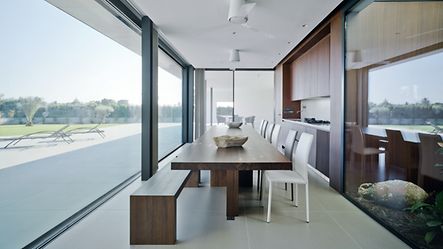
3 Tip: “Frame”
How much or how little of the window frame do you want to see?
If you want the effect of maximum transparency, choosing the right sliding doors is crucial. Thanks to the concealment of the frame in walls and ceilings, as well as the minimal front width of the profiles and their depth, the view of the sliding door frames can be reduced to a minimum. All this while retaining the freedom to choose from a range of opening types and surface finishes.
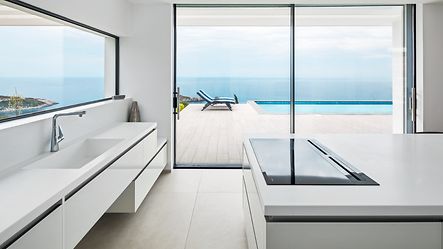
4th tip: “Transition”
Recognise the importance of threshold-free transitions.
Buildings and products should be equipped in such a way that they can meet the current and potentially future needs of all users and be as easy to use as possible. Passageways without protruding thresholds are convenient to use, eliminate the risk of tripping and are a necessary element to meet the requirements of barrier-free architecture according to DIN 18040.
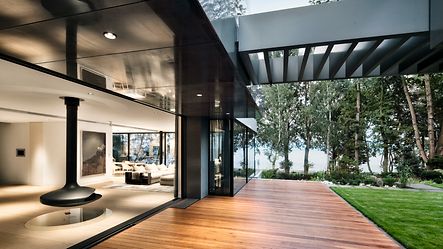
Tip: “Opening type”
Which opening variant do you prefer?
Whether the doors are sliding, lift-and-slide or folding-slide, the choice of a particular opening type depends on the project and its requirements. In order to decide which type of sliding door will work best both functionally and aesthetically, a few basic questions need to be asked. Is there enough space for the glazed sashes to slide one in front of the other? Can they be hidden in the wall? Is the passage wide enough to guarantee maximum transparency?
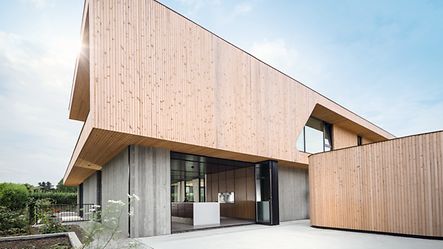
Tip 6: “Handle or command”.
Do you prefer to use a handle or will a simple command suffice?
Whether sliding doors are operated manually or mechatronically, they must be simple to use. A variety of technologies are available to enable these functions, from a wide choice of levers, standard handles, fully integrated handles with the sash that can be operated with one hand, buttons on the sashes or walls that allow control via an app, to voice commands.

Tip 7: “Security”
What kind of protection should your sliding doors provide?
Protection against unwanted visitors should be considered. The EN 1627 standard contains requirements and classifications that apply to burglar-resistant components such as doors and windows. There is a classification into different burglary resistance (RC) classes, ranging from RC 2 (recommended by the police) to RC 6.

8 Tip: “Smart solutions”.
To what extent do you use the network?
Today, it is increasingly difficult to imagine a modern home without smart technology. Networking and automation are essential for efficient and sustainable building management in all climate zones, with functional flexibility and unique aesthetics.

Tip 9: “Today, tomorrow”.
Think about tomorrow today.
The boundaries between comfort, safety and benefits are fluid. Buildings and products should be designed to provide a wide range of uses for almost all users, regardless of their condition. And all this with a view to simple and intuitive operation.
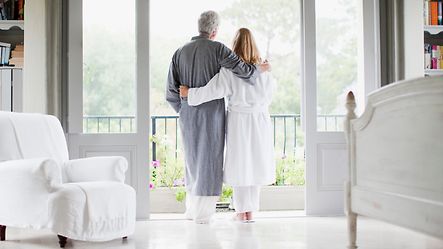
10 Tip: “Life cycle”.
In tune with the life cycle.
Good architecture means being ready for the future today – ecologically, economically and socially. It is no longer enough just to produce building components in a sustainable way. Sustainable business practices refer to many aspects: the appropriate sourcing of raw materials, the use of recycled materials, as well as the application of strict standards in production, assembly, use and, ultimately, disassembly with recycling in mind.
For more information on how Schüco aluminium and PVC-U windows, doors and sliding doors can meet your sustainability expectations, click here.

